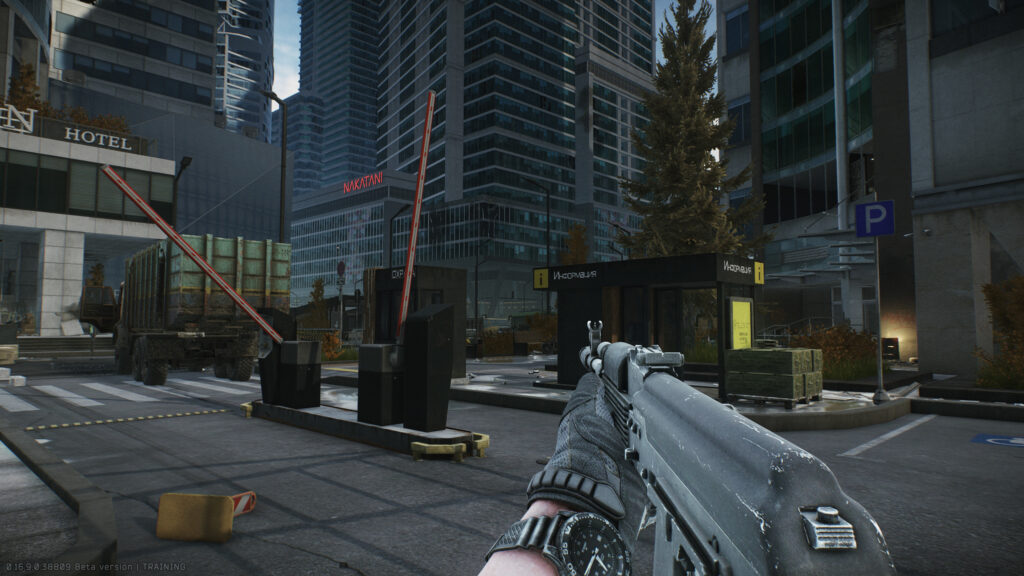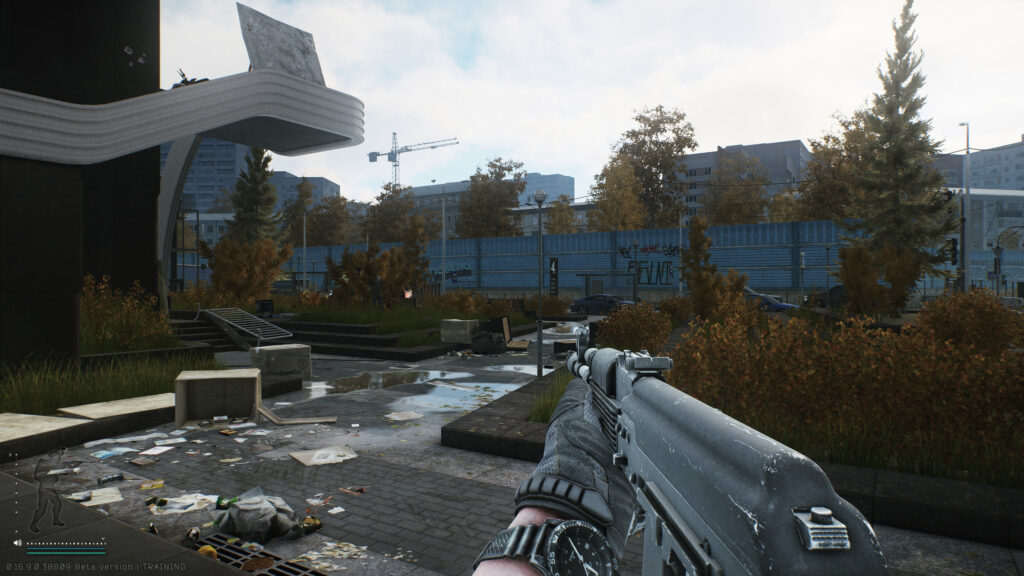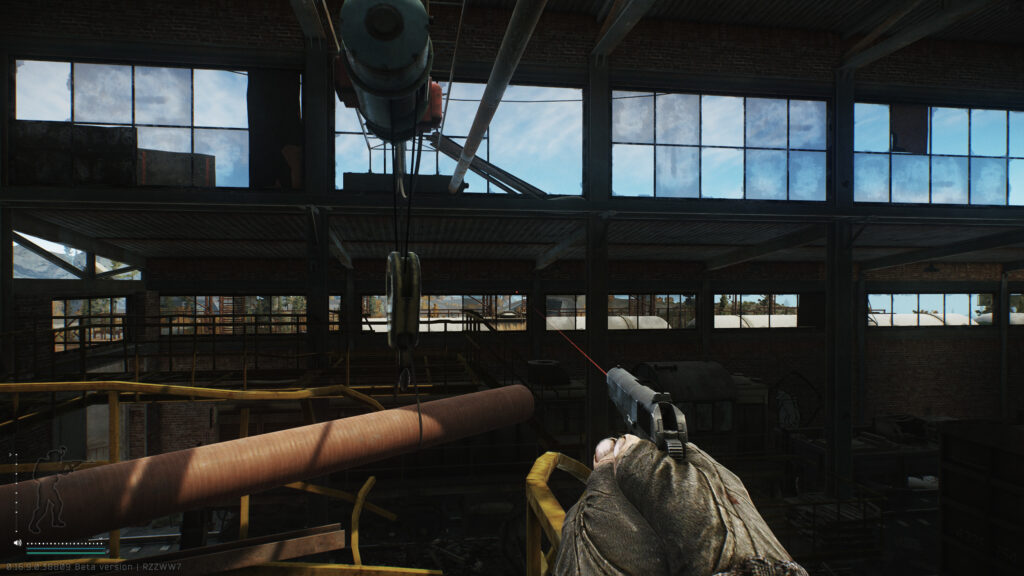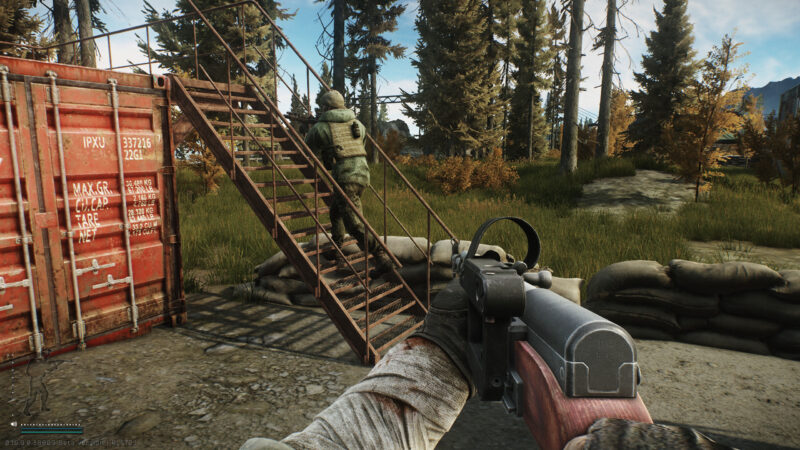Sound is one of the most powerful tools in Tarkov, often overlooked by inexperienced players. Footsteps, gunfire, reloads, and even environmental noises provide critical information about enemy locations and intentions. Learning to interpret these auditory cues can prevent ambushes, reveal weak points, and allow for precise timing of attacks. In high-stakes raids, sound awareness is often the difference between life and death.
Surviving Tarkov’s deadliest raids requires more than quick reflexes—it demands careful listening. Players who train themselves to detect subtle audio cues can anticipate enemy behavior, plan their routes, and execute strategies without being seen. This psychological edge often lets players control engagements rather than being reactive.
Footsteps and Movement Cues
Footsteps provide invaluable information on enemy positioning. Listening carefully can indicate distance, movement speed, and even whether the player is running or walking. In raids like Customs or Interchange, differentiating between single footsteps and squad movement allows you to prepare ambushes or avoid unnecessary confrontations. Proper audio setup with quality headphones is essential for detecting these subtle differences.

Environmental context also plays a role. Wooden floors, metal catwalks, and gravel make distinctive sounds that, when combined with directional audio, help you predict exact locations. Skilled players use these cues to plan routes, isolate opponents, or execute silent takedowns, maximizing efficiency and survival.
Gunfire and Reloads as Information
Every shot fired gives away more than just the location—it reveals weapon type, distance, and often the player’s position. Understanding weapon sound profiles allows you to determine if the opponent is using a rifle, SMG, or shotgun. By identifying the weapon, you can anticipate engagement style and prepare counter-strategies. Reloading cues indicate vulnerability, presenting opportunities to strike before the enemy regains full combat readiness.

Gunfire patterns, combined with known spawn points or typical routes, can help track enemy squads. Players who pay attention to these auditory cues can set traps, flank enemies, or avoid firefights entirely, conserving health and resources for critical moments. Sound Type Information Revealed Strategic Use Footsteps Distance, movement speed, number of players Plan ambushes, avoid contact, track squads Reloading Vulnerability, weapon type Time attacks, prioritize targets Gunfire Weapon type, engagement distance Predict tactics, reposition, flank Environmental Noise Player movement on surfaces Identify location, plan pathing
Using Sound to Manipulate Opponents
Sound is not only about detection—it can also be used offensively to manipulate opponents. Firing in one direction to bait enemies, creating noise with objects to divert attention, and exploiting environmental echoes can trick even experienced players. These tactics allow for controlled engagements and often result in lopsided fights.

Additionally, recognizing when your own sound output could give away your position is critical. Moving quietly, using suppressors, and timing actions reduces exposure, creating opportunities for surprise attacks or safe extraction. Mastery of both producing and interpreting sound ensures you remain unpredictable while exploiting enemy mistakes.
Conclusion
Sound is one of Tarkov’s most underestimated yet powerful mechanics. Footsteps, gunfire, and environmental cues provide essential information that can be used for both defense and offense. Players who learn to interpret and manipulate sound effectively gain a tactical edge that compensates for weaker equipment or smaller squad size.
By integrating sound awareness into your raid strategy, combining it with positioning, map knowledge, and mental acuity, you can consistently outmaneuver opponents. Understanding the subtleties of audio cues transforms ordinary operators into highly skilled survivors capable of navigating Tarkov’s deadliest raids with confidence and precision.
